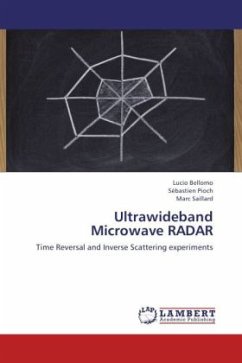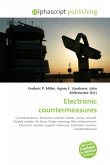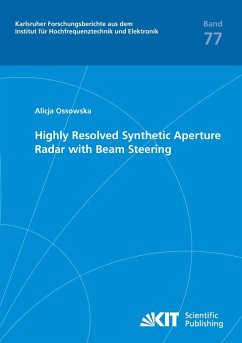The work focuses on the study, design and
implementation of a C band Microwave oscillator using
coaxial resonators, for the transceiver used in wave
radar. It involves a literature study discussing
different aspects of microwave oscillators, mainly
the shielding of the oscillators, frequency pulling
due to load and supply pulling, tuning range and the
temperature performance of the oscillator. The study
of the shielding resulted in proposing a high quality
metallic shield with high elastic modulus, high
strength and high density, as the wave radar will be
a stationary, standalone system and the weight of the
shield is not a limiting factor. The metallic shield
provides better EMI and EMP performance than the
carbon ferrites. The characterization of the
resonator is critical as a small mistake pulled the
frequency about 300 MHz. This can be achieved by
careful design and measuring the resonator test
circuits for one port. The tuning range of the
oscillator is important as the temperature, bias, and
load mismatches can increase or decrease the
frequency of the oscillator. The varactor in
combination with a capacitor increases the tuning
range to about 10 times.
implementation of a C band Microwave oscillator using
coaxial resonators, for the transceiver used in wave
radar. It involves a literature study discussing
different aspects of microwave oscillators, mainly
the shielding of the oscillators, frequency pulling
due to load and supply pulling, tuning range and the
temperature performance of the oscillator. The study
of the shielding resulted in proposing a high quality
metallic shield with high elastic modulus, high
strength and high density, as the wave radar will be
a stationary, standalone system and the weight of the
shield is not a limiting factor. The metallic shield
provides better EMI and EMP performance than the
carbon ferrites. The characterization of the
resonator is critical as a small mistake pulled the
frequency about 300 MHz. This can be achieved by
careful design and measuring the resonator test
circuits for one port. The tuning range of the
oscillator is important as the temperature, bias, and
load mismatches can increase or decrease the
frequency of the oscillator. The varactor in
combination with a capacitor increases the tuning
range to about 10 times.








